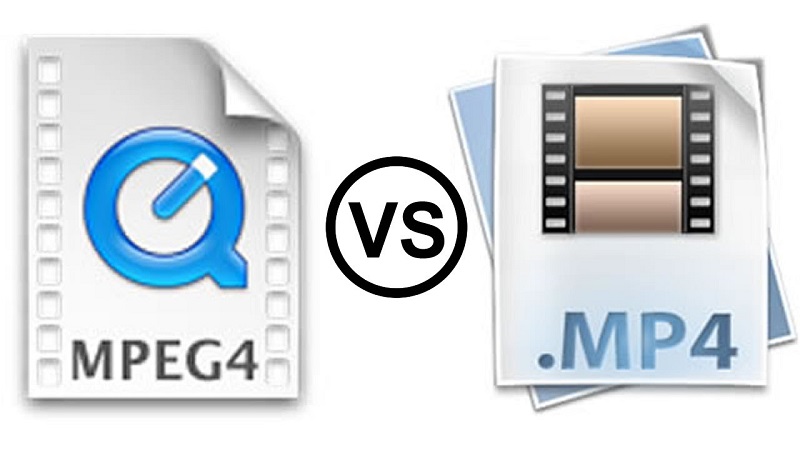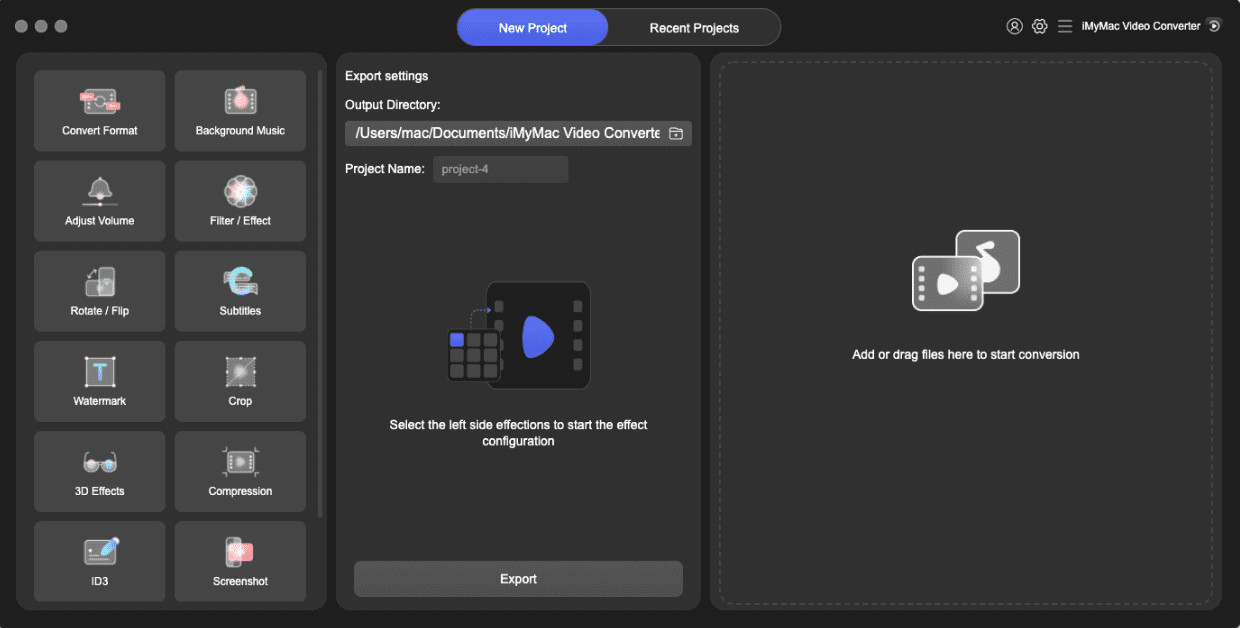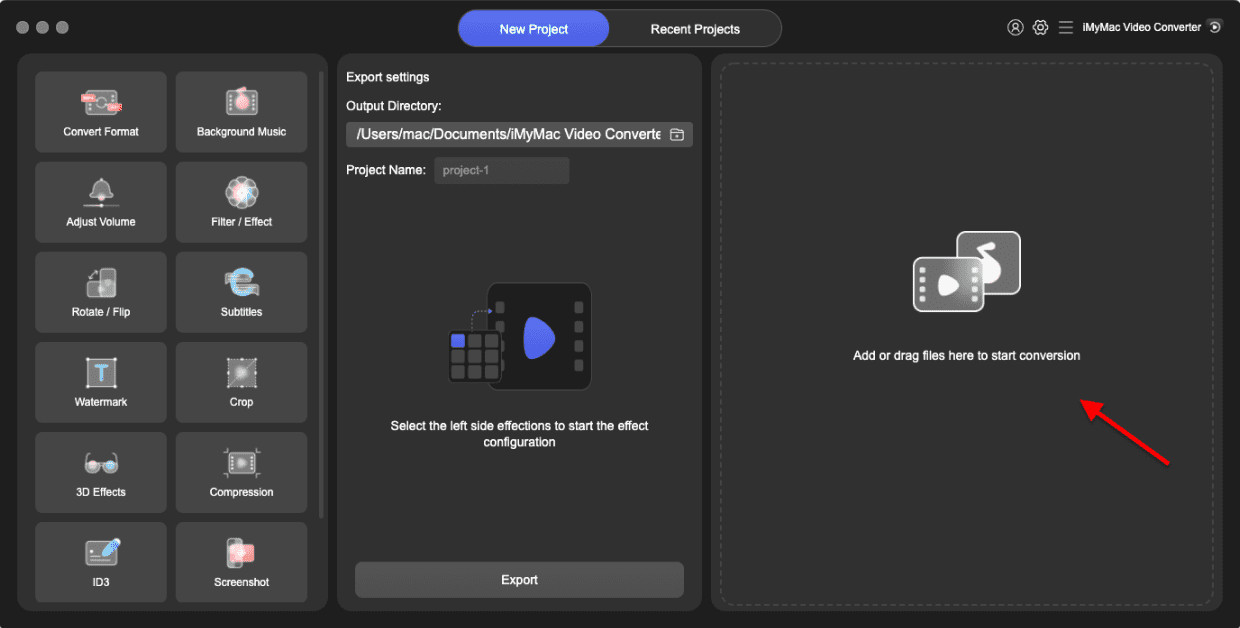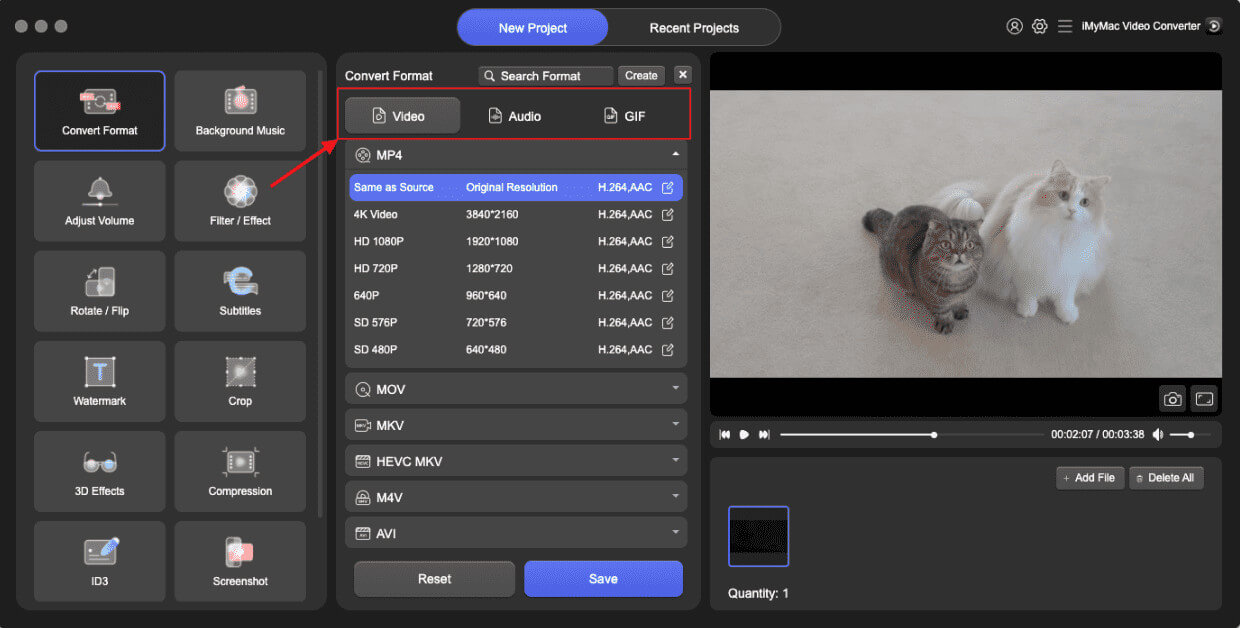You will find a lot of different video containers and video file formats today. There is no wonder that some people easily get confused about the differences between them. Though you will be able to recognize them easily, their identical names make it a little bit hard to differentiate the two.
MPEG4 and MP4 are 2 of the common formats that easily confuse users. But there is more you need to know about these 2 formats aside from the similarity in their names. In this article, we will discuss MPEG4 vs MP4 as well as how you can convert them in case you will find the need to do so. Let us start with the definition of these 2 formats in the next section.
Contents: Part 1. Are MP4 and MPEG4 the Same Thing?Part 2. MPEG4 vs MP4: What’s the Similarities and DifferencesPart 3. Can MPEG Convert to MP4?Part 4. Wrapping it Up
Part 1. Are MP4 and MPEG4 the Same Thing?
What Is MPEG4?
This is among the latest compression methods for audio and videos that were standardized by the MPEG group. It was specially designed for audio and video encoding processes in low-bandwidth (below 1.5 MBit/sec bitrate).
MPEG4 has been developed further and today, it was split into a lot of parts. For instance, MPEG4 Part 14, MPEG4 part 10, MPEG4 part 2, and many more. This definition alone implies that MPEG4 is not MP4.
The MPEG group has also standardized a few new layers, one of the most important is h263+ (commonly known as 3GP which is more popular in mobile devices) and .264 (known as AVC). Xvid and DivX are presumably the well-known MPEG4 video encoders today.
What Is MP4?
MP4 is an abbreviation of MPEG4 Part 14, not MPEG4. MP4 is a format and a file extension for videos. You can use this container format for storing both audio and video data as well as images, subtitles, and other similar data. It uses the .h264 or .mpeg4 video codec and audio formats like MP3, AAC, and others.
The most popular filename extensions associated with MPEG4 Part 14 is .mp4 but some extensions can also be .m4p, .m4a. And .m4v.

Part 2. MPEG4 vs MP4: What’s the Similarities and Differences
Similarities
Before we go to the differences between these 2 formats, let us first discuss their similarity. There is this one instance where MPEG4 and MP4 can be said to be similar to each other: their association. These 2 formats are both associated with videos. But, other than that, there are no other similarities.
Differences
MPEG4 was introduced in 1998 which was designed for various video and audio coding formats. It has absorbed many features of MPEG1 and MPEG2 and other similar standards. MPEG4 is commonly used for the compression of AV data which is usually for CD and web distribution, broadcast television, and voice (videophone, telephone). On the other hand, MP4 was based on the MOV file format of Apple.
In general, the majority of media players can support the MP4 format and it also allows for streaming online. Therefore, converting your videos to MP4 using a reliable converter on your Mac is necessary. Below, we give you a video converter for Mac users which you can use to achieve this task.
Part 3. Can MPEG Convert to MP4?
Now you got details on MPEG4 vs MP4. If you want to convert your MPEG videos to MP4, you can use iMyMac Video Converter. Aside from MP4, this tool also supports the conversion of many other formats as well as audio files and DVDs.
You can convert your files to any of your desired output formats at fast speeds. Below are the features of this powerful video converter for Mac.

Key Features of iMyMac Video Converter
#1 Convert Any Video/Audio
Choose any video you want to convert, may it be audio or video files, into various file formats that can be supported by your device. It supports the following formats: MP4, MOV, MKV, WMV, FLV, AVI, 3GP, M4V, VOB, M4A, SWF, AAC, MP3, AC3, FLAC, OGG, WAV, WMA, and others.
#2 Video Enhancement
Fix dark, shaky, and overexposed videos if you want. You can upscale your video’s resolution. You can also adjust the contrast and brightness values of your videos. This ensures a more comfortable playback.
#3 Video Editing
Edit your videos with iMyMac Video converter. It offers the following functionalities:
- Clipping videos, combining videos, cropping the blank edges of your videos, rotating your videos, adding watermarks, adding external subtitles, adding external audio tracks, adjusting the saturation, contrast, brightness, volume control, and hue of your videos, previewing your edited video files
#4 Lighting Fast Conversion
The app uses Intel HD Graphics, NVIDIA CUDA, AMD, and NVENC hardware acceleration technologies for faster video file conversions up to 6X compared to normal without re-compression and quality loss.
#5 Conversion Between Different Video Resolutions
It supports conversion of 3D videos to & from 4K (UHD) , 1080P (FHD), 720P (HD), and 480P (SD) video resolutions. You can even rip homemade DVDs into MP4
#6 Support for Various Devices
Get rid of incompatibility issues with this converter which provides preset profiles containing video settings of top quality for various popular devices like iPod, iPad, iPhone, Samsung Galaxy, Blackberry, Kindle Fire, Nokia Lumia, Moto X, Google Nexus, and more.
Steps to Convert MPEG to MP4 Using iMyMac Video Converter
- Download & Install the App
- Add the MPEG Files You Want to Convert to the App
- Select an Output Format & Storage Location
- Start the Conversion Process
Step 1. Download & Install the App
The first step is to navigate to iMyMac Video Converter’s website and download the installer. You can either download its free version or buy the full version. Once you have downloaded the installer, install the app on your computer.
Step 2. Add the MPEG Files You Want to Convert to the App
Once the app is installed, launch it. Find the video files you want to convert and then add it to the app.

Step 3. Select MP4 as An Output Format
Now, look for the Convert Format button, select it, then choose (MPEG-4) MP4. Choose an output location.

Step 4. Start the Conversion of MPEG to MP4
Once you are satisfied with your output settings, click on the Convert button at the rightmost side of your imported video to start the conversion process.
Part 4. Wrapping it Up
Now that you know the difference between MPEG4 vs MP4, you will now be able to easily differentiate the two. We hope that this short guide was able to help you find what you are looking for.
And in case you want to convert MPEG4 to MP4 or vice versa, we recommend that you use iMyMac Video Converter for all your video editing and conversion needs.



